Technical
Rising Again
Technical
Rising Again
[vc_column_inner column_padding=”no-extra-padding” column_padding_position=”all” background_color_opacity=”1″ width=”2/3″]
There are some stories that need to be told. They may be deeply personal, they may still be unfolding, they may not even have made their mark in the world yet. None of that matters — what matters is that there is a momentum to them and that they inspire us, because there is never a time in which we don’t need momentum and inspiration. Perhaps now more than ever. There are some stories that need to be told, and this is one of them.
The name Dominique Renaud is familiar to aficionados of mechanical watchmaking in a fairly unique way. Anyone who has come to horology in the past 15 years will have missed entirely the active section of Renaud’s career, and yet his name will have persisted throughout their awareness of past and current watchmaking. This is due, of course, to the prolific and always impressive output of the company he co-founded, which still bears his name – Renaud & Papi, known as Audemars Piguet Renaud & Papi (APRP) since 1992.
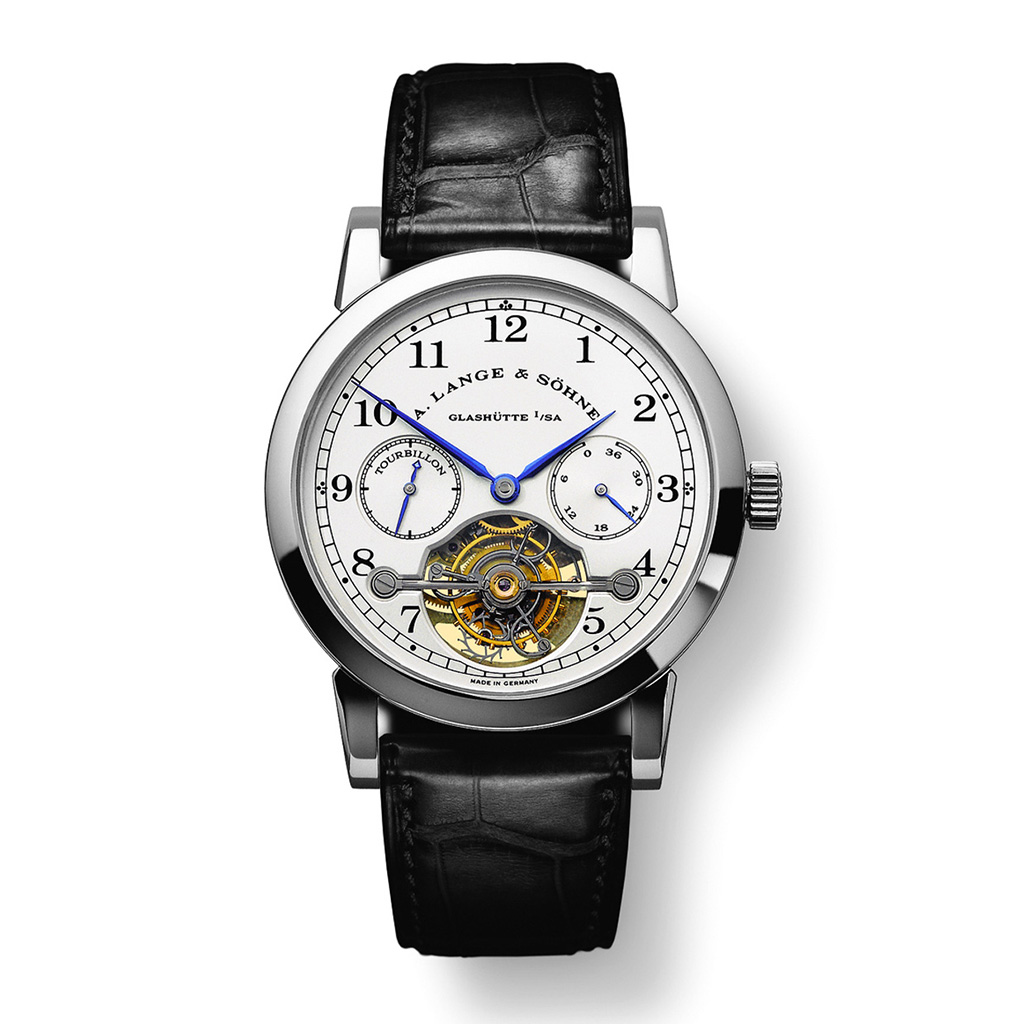
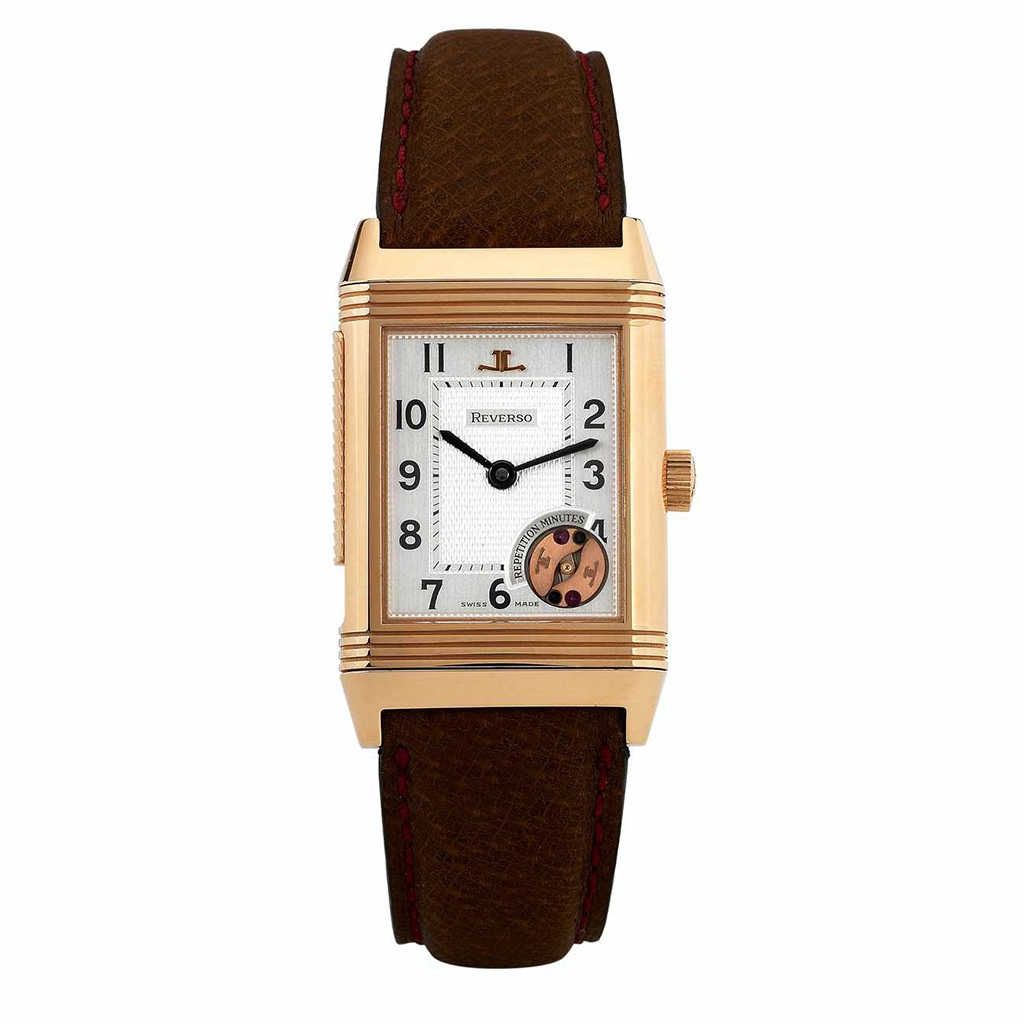
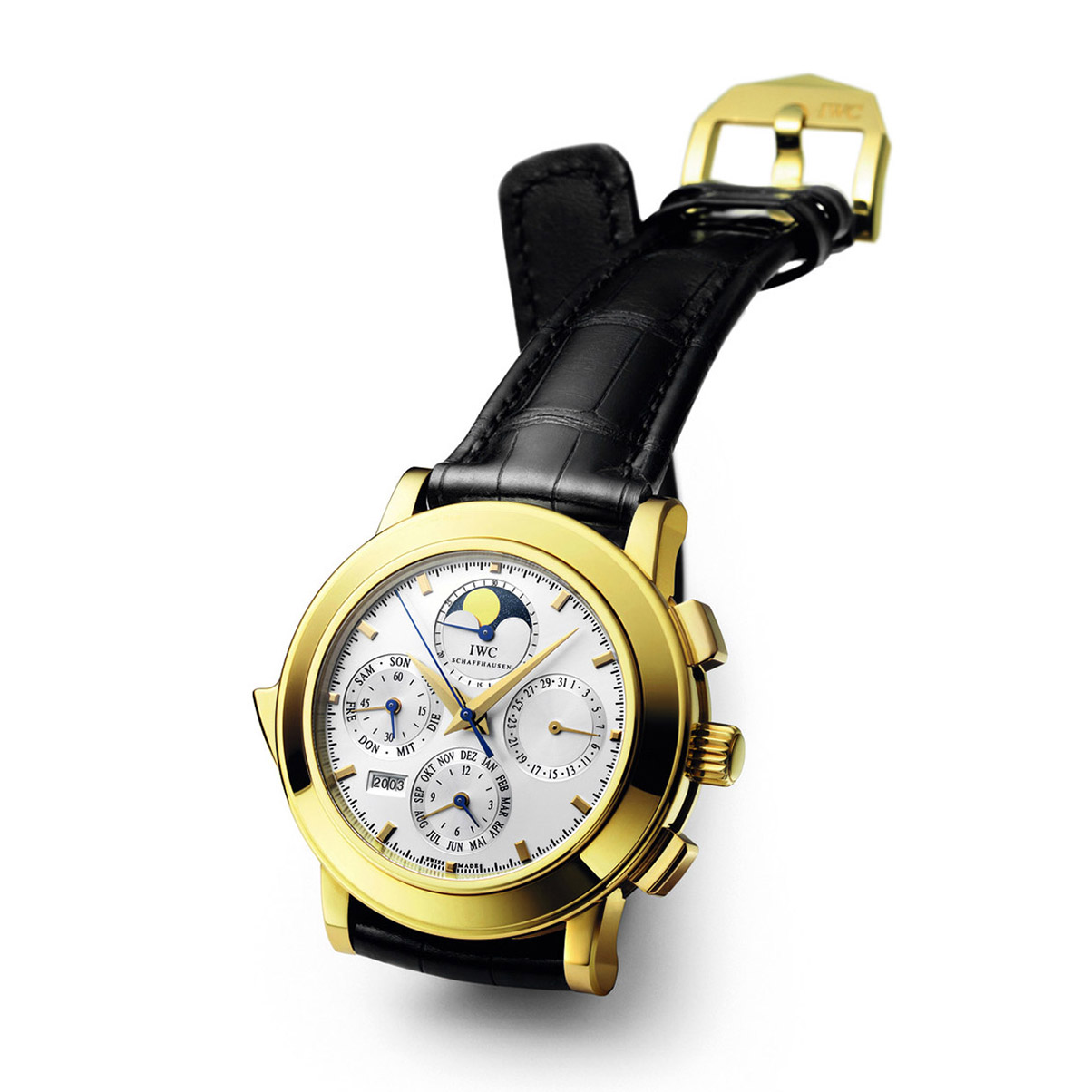
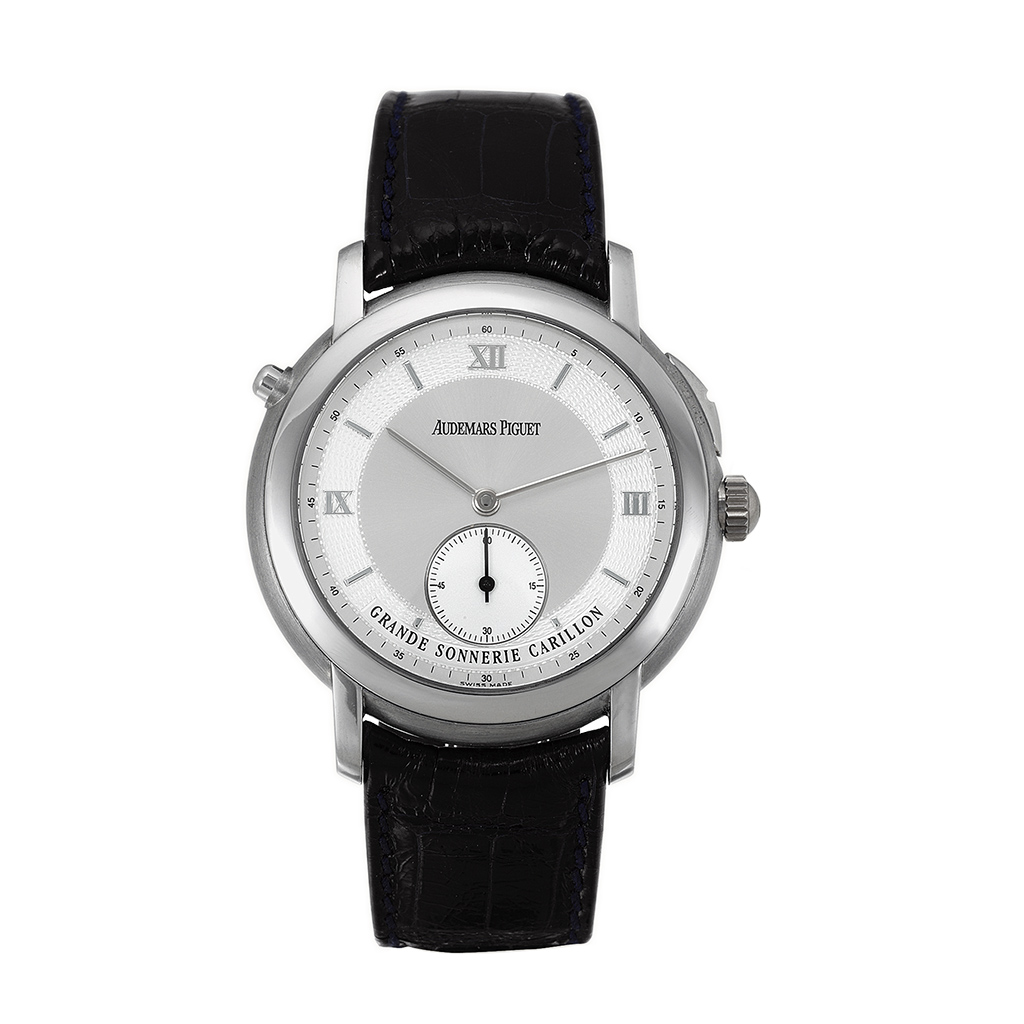
A few milestone timepieces that have come into existence through the intervention of Renaud: The world’s first grand complication wristwatch in production, IWC’s ref. 3770; A. Lange & Söhne’s debut watch, the Tourbillon Pour Le Mérite; Jaeger-LeCoultre’s Reverso Minute Repeater, created in 1994 when Audemars Piguet was still a shareholder in Jaeger-LeCoultre; a great number of high-complication pieces at Audemars Piguet, including the exceptional Grande Sonnerie Carillon.
Since he sold his interest in APRP and retired in 2000, Renaud has been quietly expanding his horizons and letting his creativity percolate and distil. All that has come to fruition in a new watch that he plans to debut next year, a watch he describes as “revolutionary” – an audacious term that we agree with, and whose appropriateness you can best judge for yourself at the end of this story.
“Looking at this watch,” says Renaud, “you can feel that this long break allowed me to have a free mind with no boundaries for my ideas. I had 15 years of inspiration, reflection and serenity, which gave me a lot of energy. This energy is reflected in this watch. The long break away from the industry was necessary for me to take a step back, reflect and totally express myself with no limitations using all my experience, my guts, my feelings, my heart and my soul. It’s a fantastic feeling for me to have this freedom to finally express my vision of a new world of exploration with a fresh pioneering spirit.
“This first watch is just opening the door of a new environment. I am now looking at how to revisit some of the fundamental principles that govern our current understanding of watchmaking, such as the escapement, regulation, friction, energy and design.”
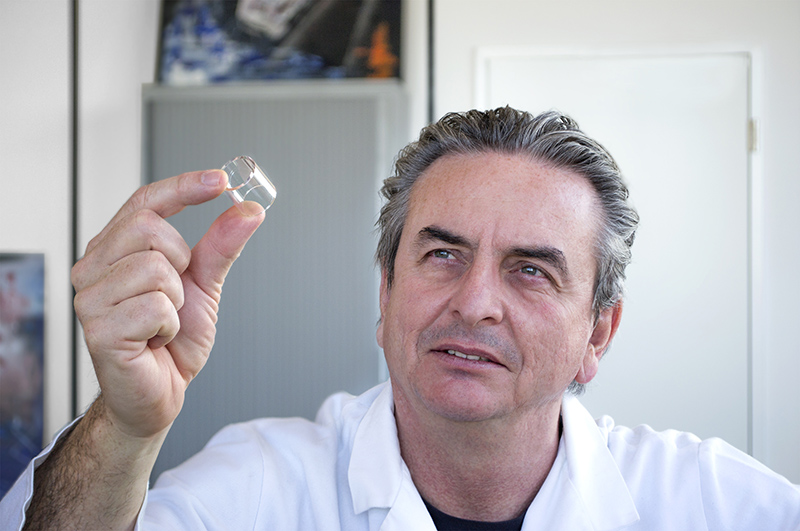

To begin with, this fully conceptualised watch – named the Dominique Renaud DR01 Twelve First – has no classical balance. At least, it has no balance that we would recognise. It has no fixed orientation, at least not in any way that we would recognise a watch movement to have a front and back. It is built along multiple planes of action, creating a truly three-dimensional spectacle (whereas most other watch companies’ idea of a three-dimensional watch is simply the same two-dimensional movement paradigm, built upwards to impart depth).
There will be 12 of these watches, and there are many reasons to assume that this number is directly correlated to the number of hours on a watch dial, or the number of months in a year, or any other sensible time-related explanation. Given the deeply disruptive nature of this watch, its uncompromising approach to transformative change and progression, you could instead see these 12 watches as horological disciples heading out into the world of calcified practices and beliefs to preach the gospel of Dominique Renaud.
Renaud comes from a watchmaking tradition. His grandfather was a gemsetter with Jaeger-LeCoultre for over 50 years. His mother, descended from the Meylan and LeCoultre families, was a watchmaker with Vacheron Constantin and Jaeger-LeCoultre, and his father, also a watchmaker, occupied a key managing role at the Centre Technique de l’Industrie Horlogère (CETEHOR) at Besançon. It is from them that Renaud gets his respect for classical horology, which led to his determination to master traditional watchmaking before embarking on a path marked by innovation.
Without his experience and complete familiarity with the essential workings of a mechanical watch, his new watch could not have been created. In fact, as far removed from our current understanding of a conventional watch as his new creation is, we can start to approach its intensive technical stature by aligning it with what we already know.
Instead of a hairspring that provides a returning force and allows the oscillator to, well, oscillate — we have a three-bladed knife that flexes in opposing directions simultaneously, allowing for high frequencies of vibration that are inadmissible in a hairspring. Instead of a balance wheel that provides inertia to overcome external disturbing forces, we have a massive flywheel that moves through small amplitudes and steamrolls right over any shocks that might attempt to disturb the workings of the watch.
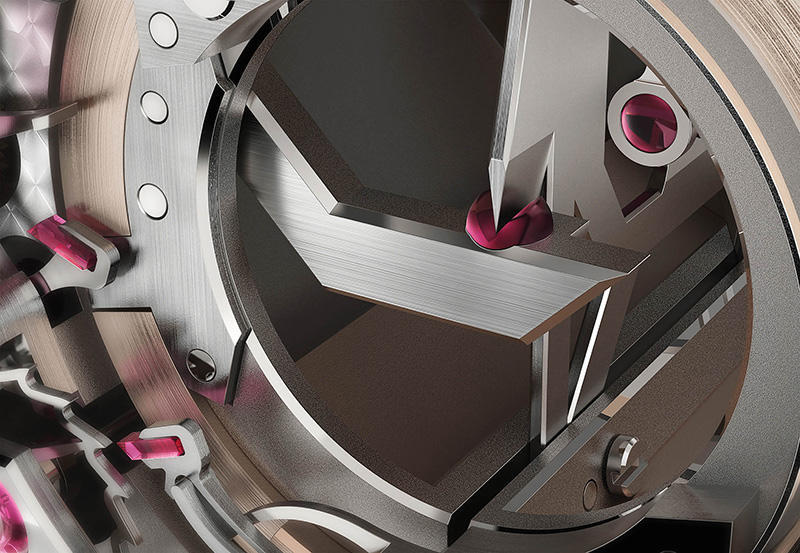
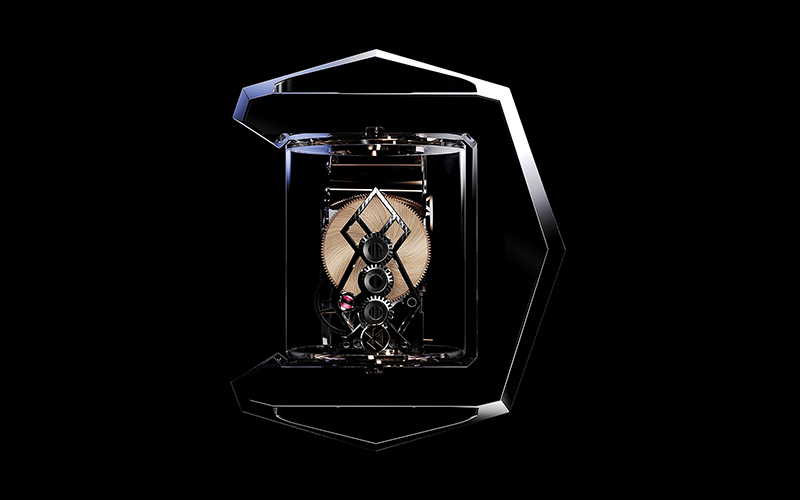
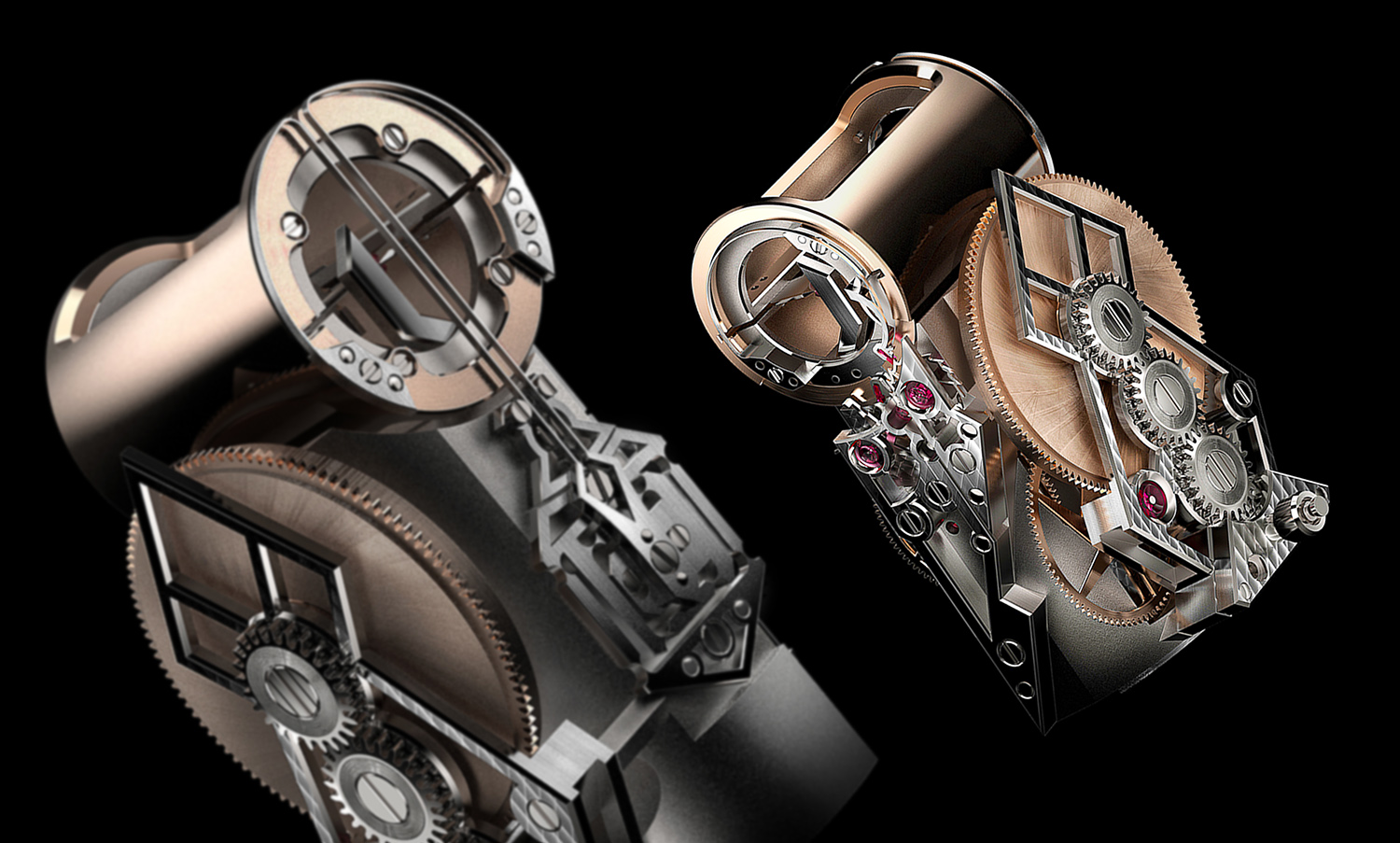
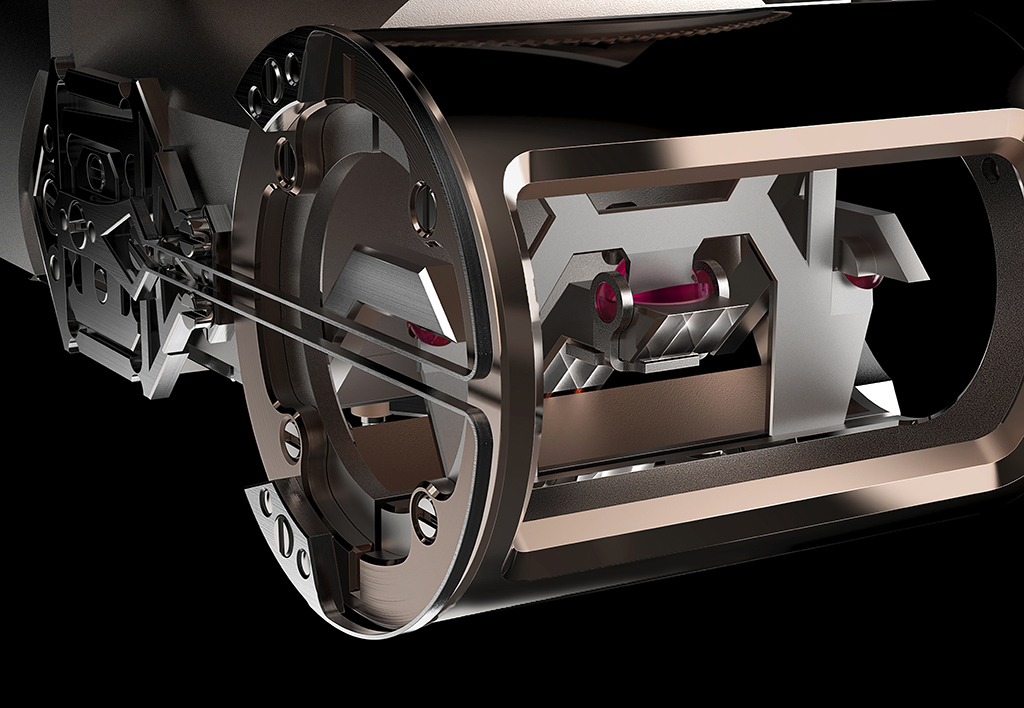
The escapement is new, but not so new as to be wholly alien to our understanding. If you can get how a detent escapement works, you can get this one too. Because the regulating organ is operating at such a great pace, you want to leave it alone as much as possible. This is true of current systems which use detached escapements — which covers pretty much all watches nowadays.
The escapement that Renaud has introduced is a direct-impulse escapement, meaning that energy is transmitted directly from the going train to the oscillator instead of being mediated via a lever, for instance. Efficiency is optimised in direct-impulse escapements, giving an increased power reserve. Unlike any other system we are currently familiar with, this escapement impulses the oscillator only once for a number of vibrations. Most other escapements impulse the balance on every, or every other, half-swing.
In Renaud’s own words: “The advantages of this new system support each other. Firstly, we have improved chronometry, because the balance has freedom to operate with minimal disruption. By limiting the number of impulses to the oscillator, we greatly reduce energy consumption, thus increasing power reserve. This ability to reduce the amplitude by an external impulse point on the flywheel allows for the return of the balance without the hairspring. One can use new forms that are more symmetrical, again resulting in improved chronometry. With the small amplitude and huge energy reserve, we now have the opportunity to increase frequency, supporting isochronism. The potential of this concept is gigantic, as it opens up a whole new unexplored world.”
The movement, as futuristic as it looks, still maintains codes of traditional watchmaking, especially in its finish. There is still what we would recognise as a watch dial, and time is still told in a reassuringly familiar format — with hands. For such a visually arresting movement, however, nothing less than an equally cinematic display would serve.
This is accomplished by a cylindrical case in sapphire crystal, which pivots in an arched, C-shaped wrist mount, allowing the movement to be viewed from all angles.
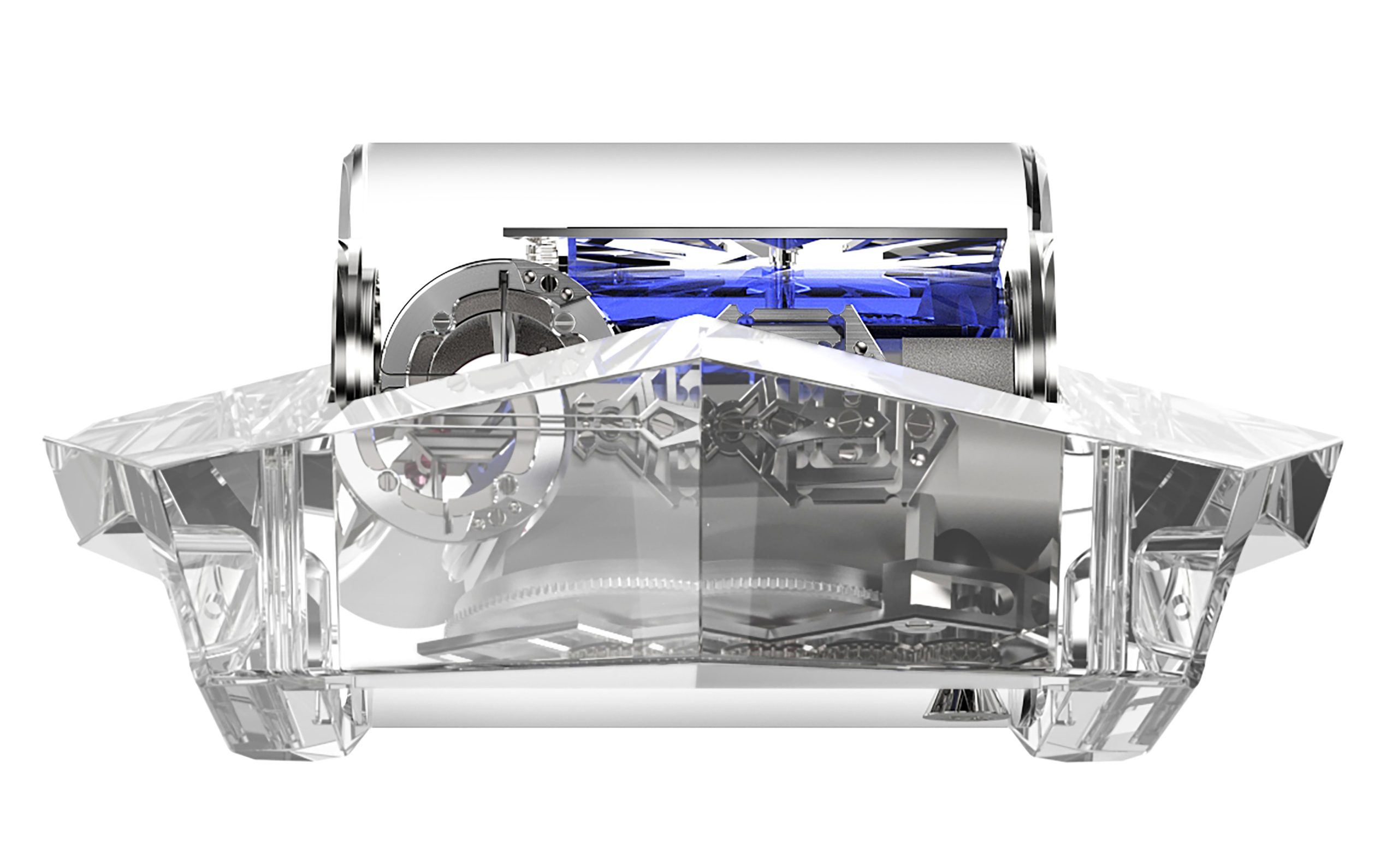
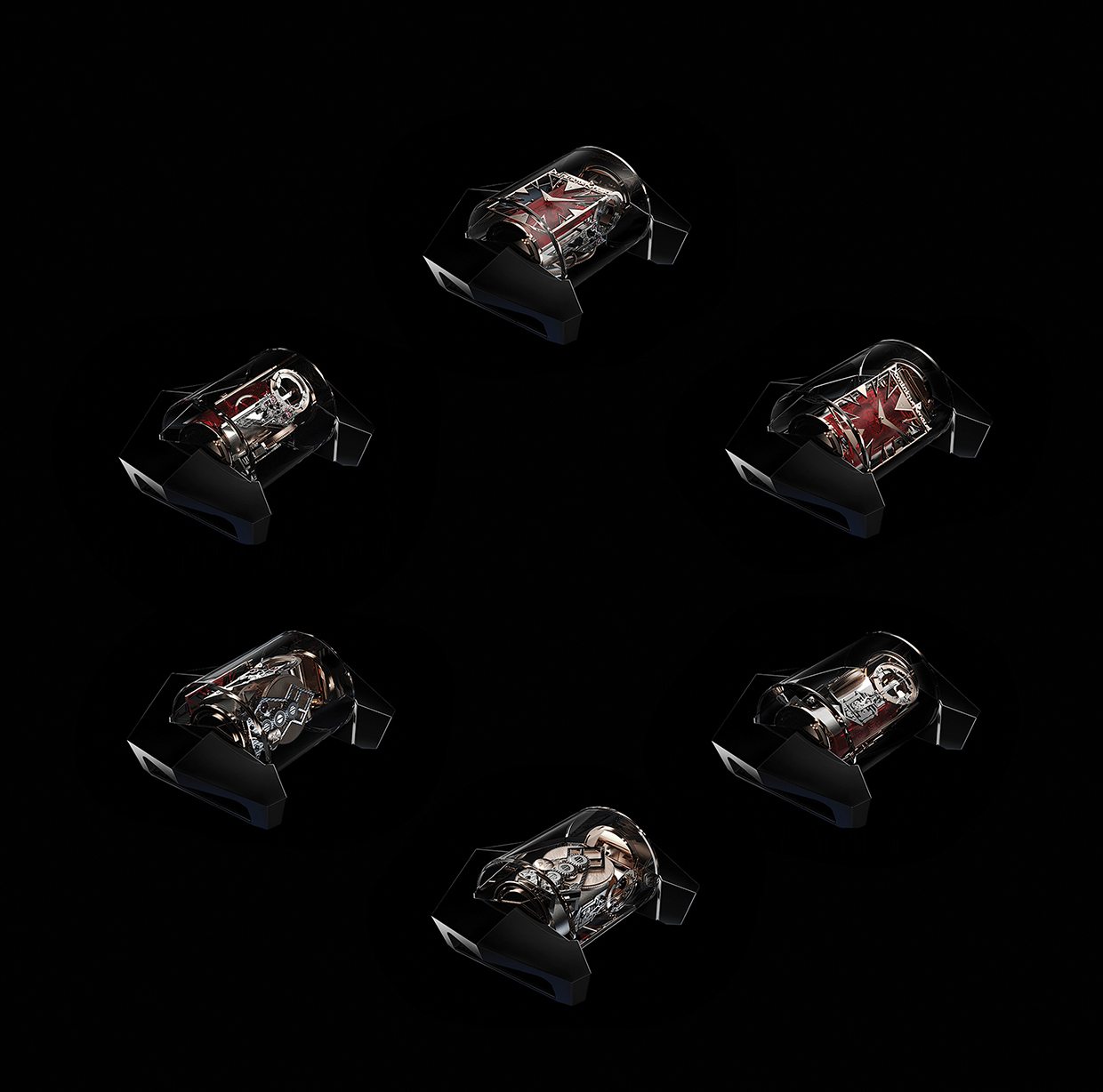
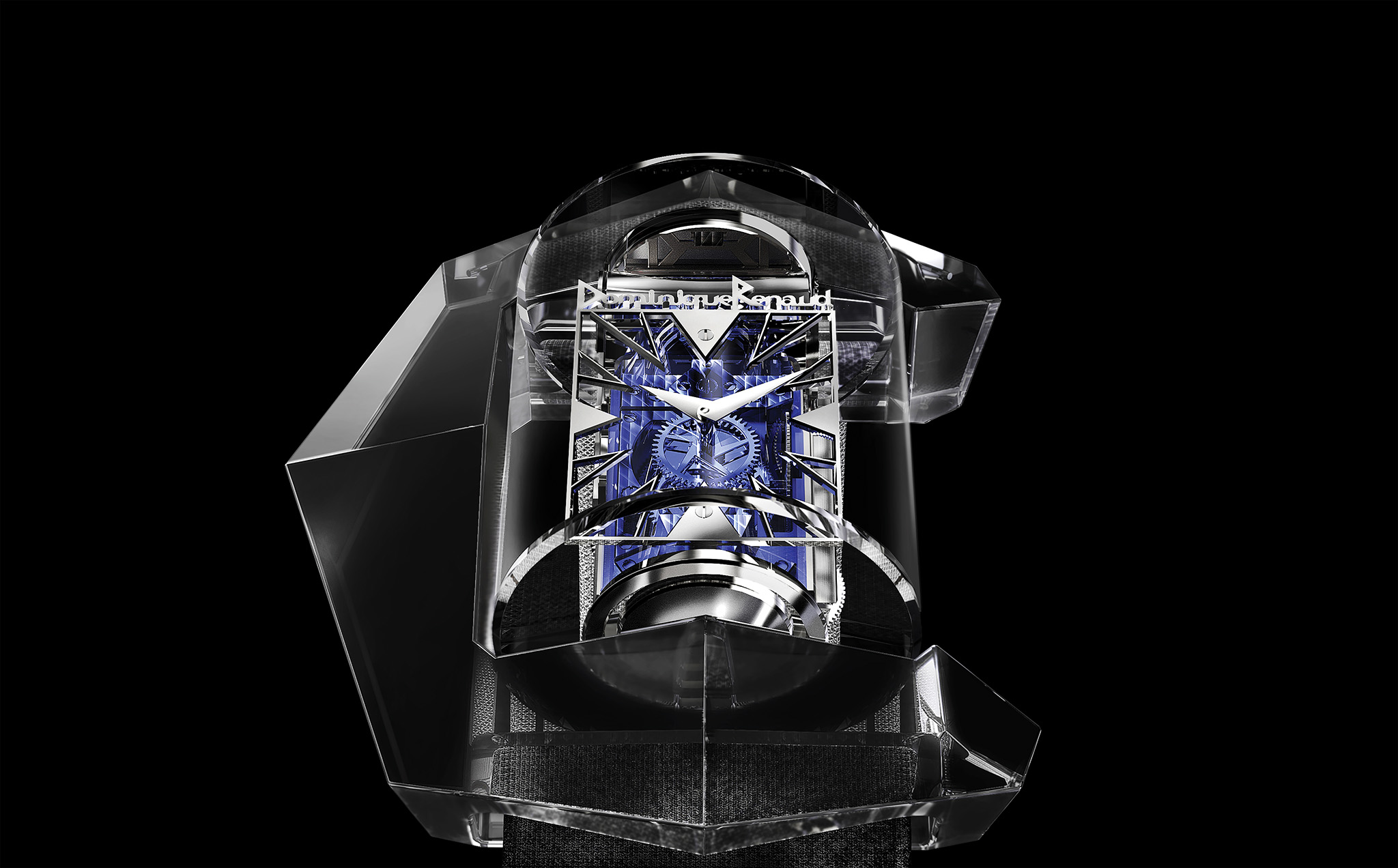
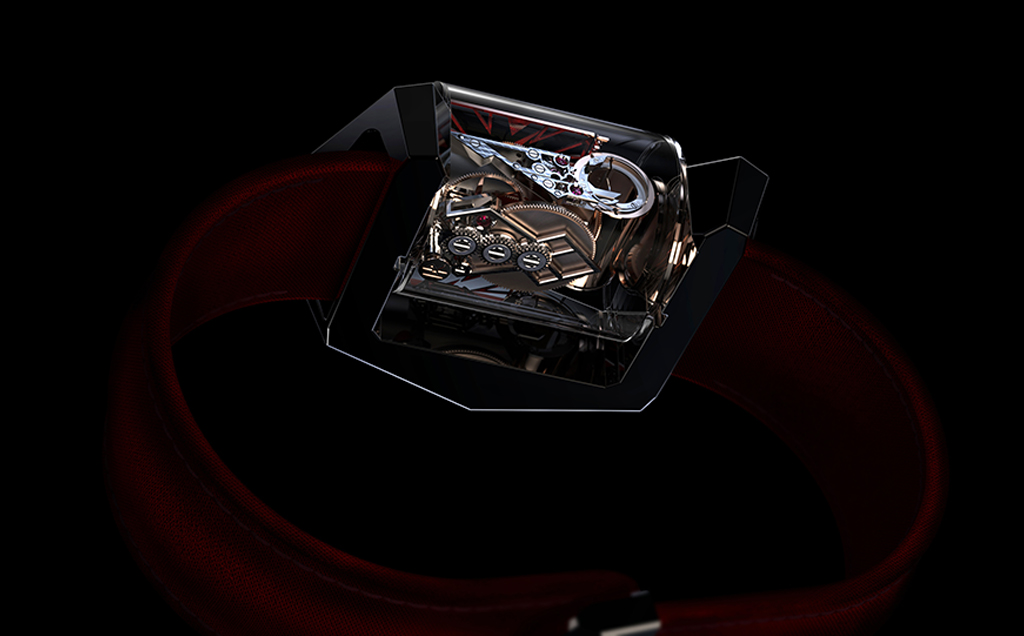
It’s the same concept that now drives the innovation of Renaud — the desire to throw open all possible perspectives of watchmaking, to look at things in ways not done before.
He says, with the conviction of someone who truly believes in changing the status quo for the better: “I want us to find alternatives to today’s main industry standards. To create fresh concepts and designs in order to respond to collectors’ demands for a new mechanical spectacle of a beating heart. Watchmaking for me is more than just creating a watch, it’s an emotional act, it’s contemporary art, it’s staging the scene for a surprise to arise. With this, we can open new paths, new ways, new dimensions.”
And, as with all the greatest revolutions in history, he’s not planning to do this alone.
“My wish is that with this watch we will inspire more pioneers to embark on their own watch odyssey. It’s just the beginning of the journey. Everything can still be reinvented.”
Dominique Renaud DR01 TWELVE FIRST
Manual-winding movement, single-impulse “lost beat” détent escapement, blade-and-flywheel oscillator, three-dimensional movement built along multiple axes, hours and minutes
High-frequency oscillator, long power reserve, exceptional resistance to shock
Cylindrical visio-module case in sapphire crystal, displayed in six positions over a full 360° by faceted arch-shaped wrist mount
Case, dial (signed Dominique Renaud) and strap available for wide range of customisation
Limited edition of 12 pieces, individually priced starting from CHF 1 million
[/text-with-icon][vc_column_inner column_padding=”no-extra-padding” column_padding_position=”all” background_color_opacity=”1″ width=”1/6″]










